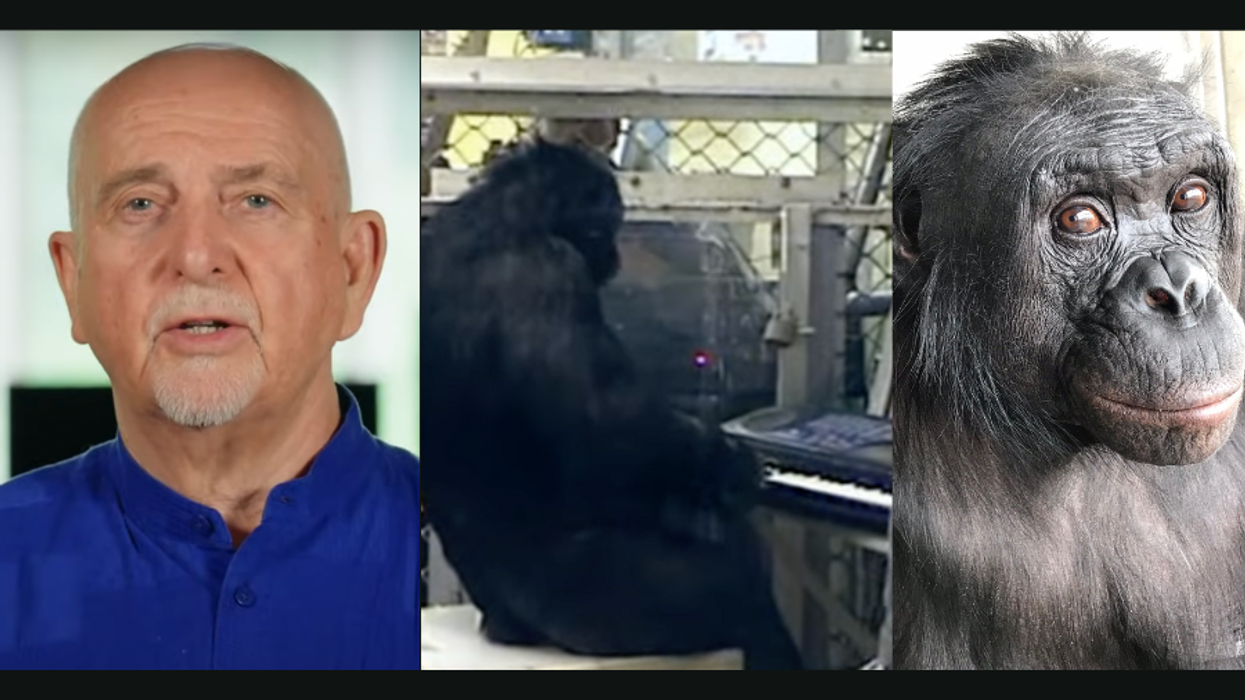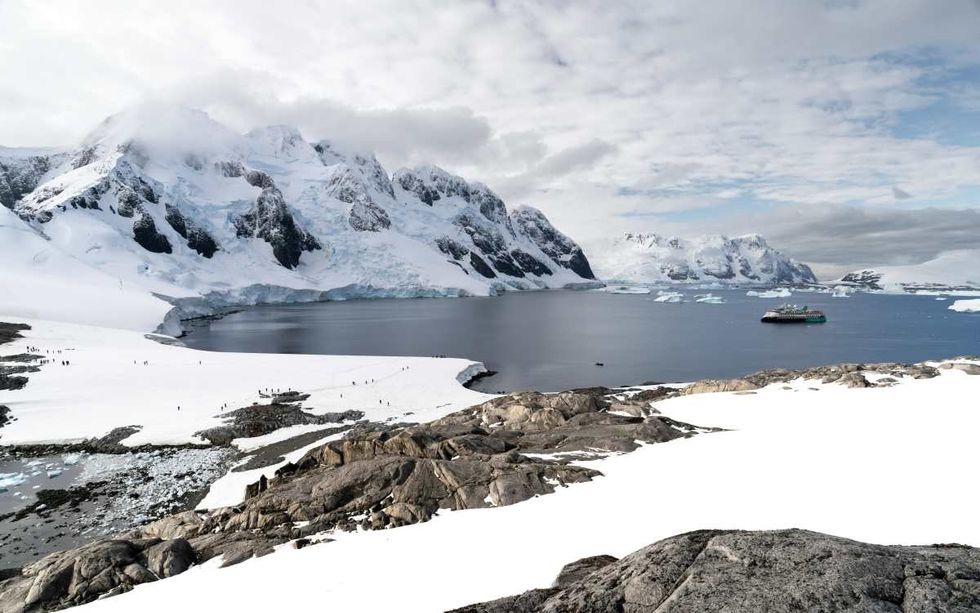Although meteorites approaching Earth just glide past the planet, the celestial bodies hitting Earth with a massive impact was a more common occurrence 4.6 billion years ago. Although meteorites are associated with mass extinction and destruction, one of them may have contributed to the origin of life on Earth. In a new study, scientists have revealed that a gigantic meteorite named S2 boiled the oceans, to sow the seeds of life on Earth. The findings from an excavation on a meteorite impact site in South Africa were published in the journal Proceedings of the National Academy of Sciences.

S2 was first discovered in 2014, according to BBC, but it crashed into Earth around three billion years ago when the planet was an infant. With a size equal to four Mount Everests clumped together, S2 was 200 times larger than the asteroid that wiped out the dinosaurs 66 million years ago and proved to be a source of life for Earth. It may have gashed certain patches of Earth with humongous craters, but it also churned out materials that were essential for the origin of life on the blue planet.

Lead author of the study, Nadja Drabon told BBC that previously scientists already knew that at this point, the space was bustling with debris from collisions and explosions. When S2 plunged inside Earth, it was just a water planet, except for a few empty continents that jutted out of the waters, touching the breeze. Living creatures that dominated the land included microorganisms that were all single-celled. But when S2 released chemicals that helped shaped bacterial life.

“No complex life had formed yet, and only single-celled life was present in the form of bacteria and archaea,” Drabon told CNN. “The oceans likely contained some life, but not as much as today in part due to a lack of nutrients. Some people even describe the Archean oceans as ‘biological deserts.’ The Archean Earth was a water world with few islands sticking out. It would have been a curious sight, as the oceans were probably green in color from iron-rich deep waters.”

To investigate the remnants of S2’s rock fragments, Drabon and her colleagues visited the impact site in Eastern Barberton Greenbelt. There, they collected hundreds of kilograms of rocks and headed back to their laboratory. Speaking to CNN, she added that the impact S2 had on the planet was ferocious. “Picture yourself standing off the coast of Cape Cod, in a shelf of shallow water,” Drabon said. “It’s a low-energy environment, without strong currents. Then all of a sudden, you have a giant tsunami, sweeping by and ripping up the seafloor.”
S2 was so fiery that it boiled away the top layers of the oceans, triggering enormous tsunamis with its intense heat. As the oceans evaporated after boiling, they spewed particles of dust into the air. This smoky dust soon blanketed the skies, making it nearly impossible for the Sun’s light to reach the ground. As a result, the ability of plants to carry out photosynthesis was adversely shaken.
But the impact squeezed out iron-rich material from the ocean floor and brought it to the surface. Meanwhile, the erosion of coastal debris released phosphorus from S2. This was followed by a rapid spike in single-celled microorganisms. S2 then enriched these microorganisms by supplying them with essential nutrients. It acted as a “fertilizer bomb for life,” as one of Drabon’s students once said.


















 Representative Image Source: Pexels | Anni Roenkae
Representative Image Source: Pexels | Anni Roenkae Representative Image Source: Pexels | Its MSVR
Representative Image Source: Pexels | Its MSVR Representative Image Source: Pexels | Lucian Photography
Representative Image Source: Pexels | Lucian Photography

 Representative Image Source: Pexels | francesco ungaro
Representative Image Source: Pexels | francesco ungaro Representative Image Source: Pexels | parfait fongang
Representative Image Source: Pexels | parfait fongang Image Source: YouTube |
Image Source: YouTube |  Image Source: YouTube |
Image Source: YouTube |  Image Source: YouTube |
Image Source: YouTube | 
 Representative Image Source: Pexels | Hugo Sykes
Representative Image Source: Pexels | Hugo Sykes Representative Image Source: Sectional view of the Earth, showing central fire and underground canals linked to oceans, 1665. From Mundus Subterraneous by Athanasius Kircher. (Photo by Oxford Science Archive/Print Collector/Getty Images)
Representative Image Source: Sectional view of the Earth, showing central fire and underground canals linked to oceans, 1665. From Mundus Subterraneous by Athanasius Kircher. (Photo by Oxford Science Archive/Print Collector/Getty Images) Representative Image Source: Pexels | NASA
Representative Image Source: Pexels | NASA




 Representative Image Source: Pexels | Steve Johnson
Representative Image Source: Pexels | Steve Johnson Representative Image Source: Pexels | RDNE Stock Project
Representative Image Source: Pexels | RDNE Stock Project Representative Image Source: Pexels | Mali Maeder
Representative Image Source: Pexels | Mali Maeder
 Photo: Craig Mack
Photo: Craig Mack Photo: Craig Mack
Photo: Craig Mack